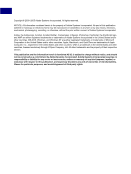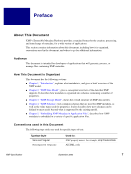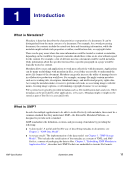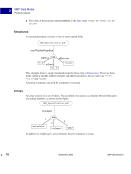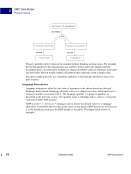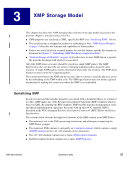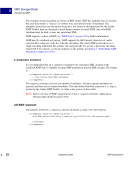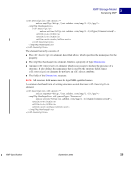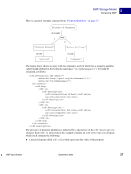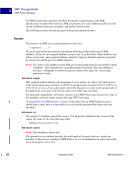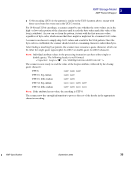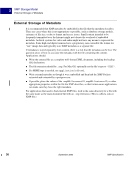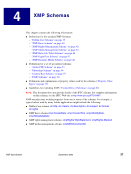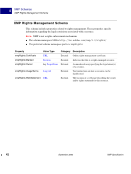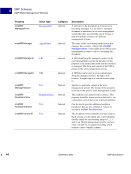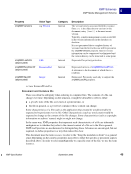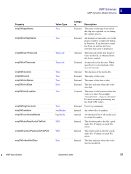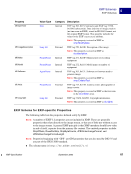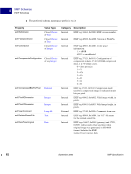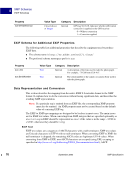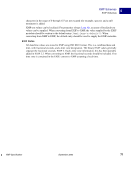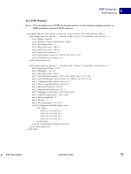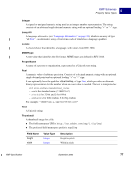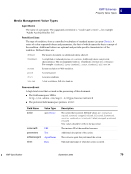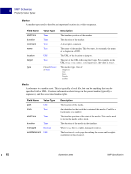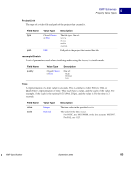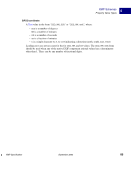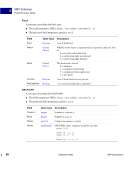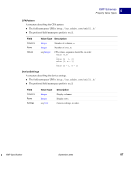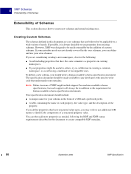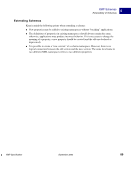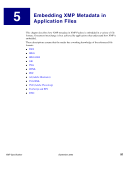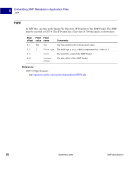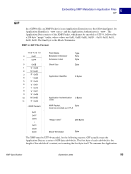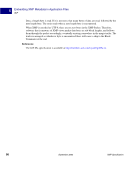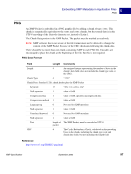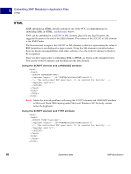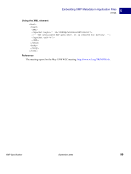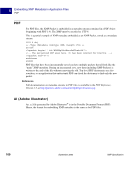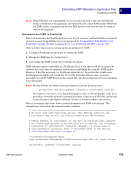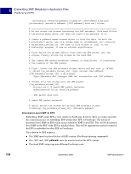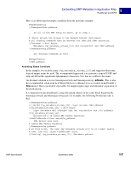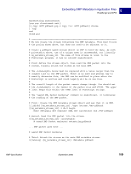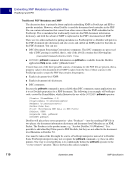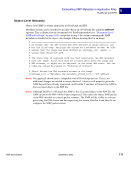38 September 2005 XMP Specification XMP Schemas XMP Schema Definitions 4 XMP Schema Definitions The schema definitions in this chapter show the XML namespace URI that identifies the schema, and a preferred schema namespace prefix, followed by a table that lists all properties defined for the schema. Each table has the following columns: ● Property: the name of the property, including the preferred namespace prefix. ● Value Type: The value type of the property, with links to where each value type is described in “Property Value Types” on page 73. Array types are preceded by the container type: alt, bag, or seq. (see “Arrays” on page 16 for details). ● Category: Schema properties are internal or external: – Internal metadata must be maintained by an application. It can include system-level information (such as modification date) or information that an editing application has access to (such as the number of words in a document). An example is xmp:ModifyDate. Users should not be allowed to change the values of such properties. When a file is saved, an application should provide valid values for all internal properties. If an application does not set the value of an internal property, it should discard any value that may have existed previously. – External metadata must be set by a user, and is independent of the contents of the document. External modifications should be displayed by the editing application but are not acted upon. Unless changed by the user, external properties are preserved on output. An example is dc:creator. ● Description: The description of the property. NOTE: Some XMP properties have been deprecated since earlier versions of the specification. They are defined here for compatibility purposes, but should not be used in the future. NOTE: Previous versions of this specification referred to aliased properties. Specific XMP implementations may treat a property in one schema as equivalent to a property in another schema. However, to foster interchange, applications must always write the standard, “base” form of the property. In this version of the specification, only the base properties are listed. The schemas define a set of properties. In any given XMP, a property may be: ● Absent that is, it has no value. Properties are absent until given a value for the first time. ● Present that is, it has a defined value. NOTE: A present property may have the empty string as its value this is different from an absent property. However, writers are encouraged not to set properties with a value of the empty string. For any given XMP, there is no requirement that all properties from a given schema must be present. For structured properties, there is no requirement that all fields be present (unless otherwise specified by a schema).
Purchased from Demo (abedemo.tizrapublisher.com) for the exclusive use of unknown. © 2025 Demo. Please report unauthorized use to pirate@tizra.com


